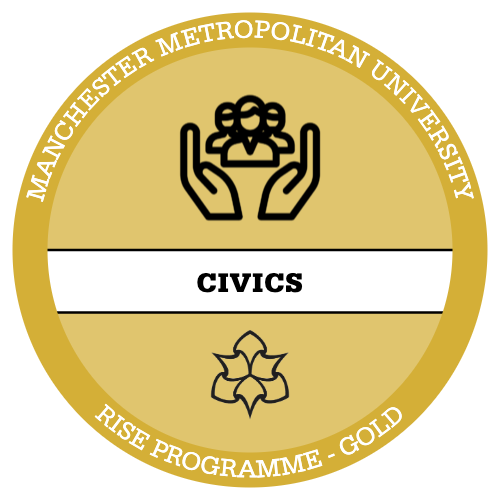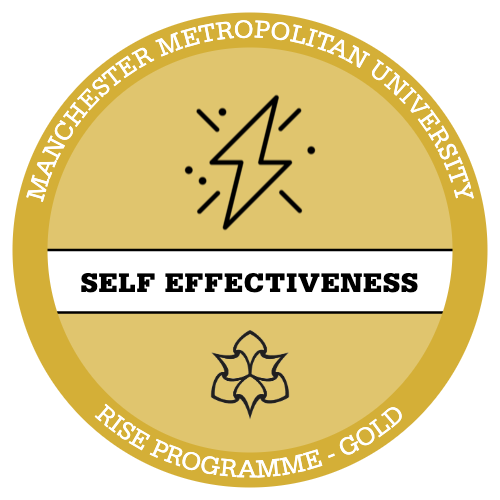Here’s a reminder of the setting boundaries process we covered in Topic 1:

Setting boundaries starts with yourself. How do you want to define your relationship with the world around you?
“When you say ‘yes’ to others, make sure you are not saying ‘no’ to yourself.”
– Paulo Coelho

Read: How To Set Boundaries With Yourself (5 mins)
Read this article which shares tips on setting boundaries with yourself
Example:
Here’s my example of an important self boundary I have.
I have a Youtube channel and I love reading peoples comments, but like many people, have a lot of anxiety about how to deal with people who disagree or judge me. The online space is particularly challenging when it comes to empathy because it’s hard to empathise with someone we don’t know or can’t see. Especially when we can only communicate in a 280 character post or small paragraph comment.
So I set one boundary with myself when replying. I do not reply to comments with an expectation or intention to change someone’s mind or debate an important topic. It’s rife for misinterpretation, fuelling frustration and spending your time and emotional energy on something which most likely is outside of your control. I would rather channel my energy into working with people who understand me, or having in depth conversations with people face-to-face or through long form content.
This isn’t a boundary I need to set explicitly with others because if I honour it, others can’t cross it.

What’s in your control?
Setting boundaries is a way for us to take control over how our emotional and physical energy, time and resources are used, but not everything we encounter is within our control. It’s common for people to worry or grasp for influence over things which ultimately, are beyond their control.
For example, if being climate conscious is important to you you may decide to shop with organisations that are ethical and climate conscious. That’s an action you can take that is within your control. But you cannot control the actions of other people, organisations or economies in relation to climate change.

Read: Understanding the Circles of Influence, Concern, and Control (15 mins)
Read this comprehensive article which helps you understand and identify what’s within your three circles of concern, influence and control.
In situations where you’re struggling to accept what’s out of your control, setting a technological boundary with yourself can be helpful to reduce worrying. For example, by limiting the amount of news you read on climate change or blocking access to social media apps during certain times of the day.

Note:
TOP TIP: Remember, you can have control and influence over your opinions, motivations, desires and actions, but you cannot control the opinions, motivations, desires and actions of others, or events in the world at large.
Tips for setting boundaries with yourself:
- Take time for self reflection and introspection to identify you personal values, priorities, and limits. This self-awareness will help you establish clear boundaries aligned with your needs and goals.
- Practice self-compassion and self-care by honoring your physical, emotional, and mental well-being. Set boundaries around your time, energy, and resources to prevent burnout and prioritize activities that nourish and rejuvenate you.
- Communicate your boundaries assertively and respectfully with yourself, treating your commitments and limitations with the same respect you would offer others’.
- Hold yourself accountable for maintaining your boundaries by consistently reinforcing your commitments to yourself and taking action to uphold them. Surround yourself with supportive people who respect and reinforce your boundaries, and seek guidance or assistance when necessary to stay aligned with your goals and values.

Apply Your Thinking:
Choose between 1 and 3 boundaries that you want to set but haven’t yet given yourself permission to.
- Write down what you want that boundary to be.
- Sense check: Is this something I have control and influence over?
- If not, how can you amend it to be within your control? Or let go of what you cannot control?
- Once you’ve decided what boundary you want to set with yourself, practise saying it out loud.






